- Home
- About Us
- Products
- TD High-efficiency And Energy-saving Circulating Pump
- TD High-efficiency And Energy-saving Circulating Pump Accessories
- Pipeline Pump
- Pipeline Pump Accessories
- Sewage Pump
- Sewage Pump Accessories
- LG Multi-stage Pump
- LG Multi-stage Pump Accessories
- Cooling Tower Circulation Pump
- Electric Motor
- Electric Motor Accessories
- News
- Contact Us
- Home
- About Us
- Products
- TD High-efficiency And Energy-saving Circulating Pump
- TD High-efficiency And Energy-saving Circulating Pump Accessories
- Pipeline Pump
- Pipeline Pump Accessories
- Sewage Pump
- Sewage Pump Accessories
- LG Multi-stage Pump
- LG Multi-stage Pump Accessories
- Cooling Tower Circulation Pump
- Electric Motor
- Electric Motor Accessories
- News
- Contact Us
Web Menu
- Home
- About Us
- Products
- TD High-efficiency And Energy-saving Circulating Pump
- TD High-efficiency And Energy-saving Circulating Pump Accessories
- Pipeline Pump
- Pipeline Pump Accessories
- Sewage Pump
- Sewage Pump Accessories
- LG Multi-stage Pump
- LG Multi-stage Pump Accessories
- Cooling Tower Circulation Pump
- Electric Motor
- Electric Motor Accessories
- News
- Contact Us
Product Search
Exit Menu
What is a sewage pump? Why is it the "invisible hero" of the urban drainage system?
In modern urban infrastructure, there is a type of equipment that is unknown but has a vital mission - that is the sewage pump. From family homes to large sewage treatment plants, from industrial wastewater discharge to urban rainwater drainage, sewage pumps have always been an indispensable part of the sewage system.
What is a sewage pump?
A sewage pump is a pumping device dedicated to conveying liquids containing solid particles, fibers, sludge or contaminated liquids. Its main function is to lift or convey sewage from sewers, drainage wells or collection tanks to designated treatment locations, such as municipal sewage treatment plants or sewage outlets.
According to different installation methods and structures, sewage pumps can be divided into:
Submersible sewage pumps: directly put into sewage for operation, widely used in small pumping stations and residences.
Dry-installed sewage pumps: installed in a dry environment, easy to maintain, suitable for large industrial occasions.
Self-priming sewage pumps: suction can be started without a bottom valve, suitable for pumping and drainage of sewage tanks above the ground.
How does a sewage pump work?
The sewage pump drives the impeller to rotate through the motor to form suction, sucking sewage from the water inlet, and discharging it from the outlet after pressurization in the pump chamber. The design takes into account anti-entanglement and anti-clogging characteristics, and adapts to complex media containing hair, paper scraps, plastic and other debris.
Some high-end models are also equipped with a cutting device to crush solid debris entering the pump to prevent clogging.
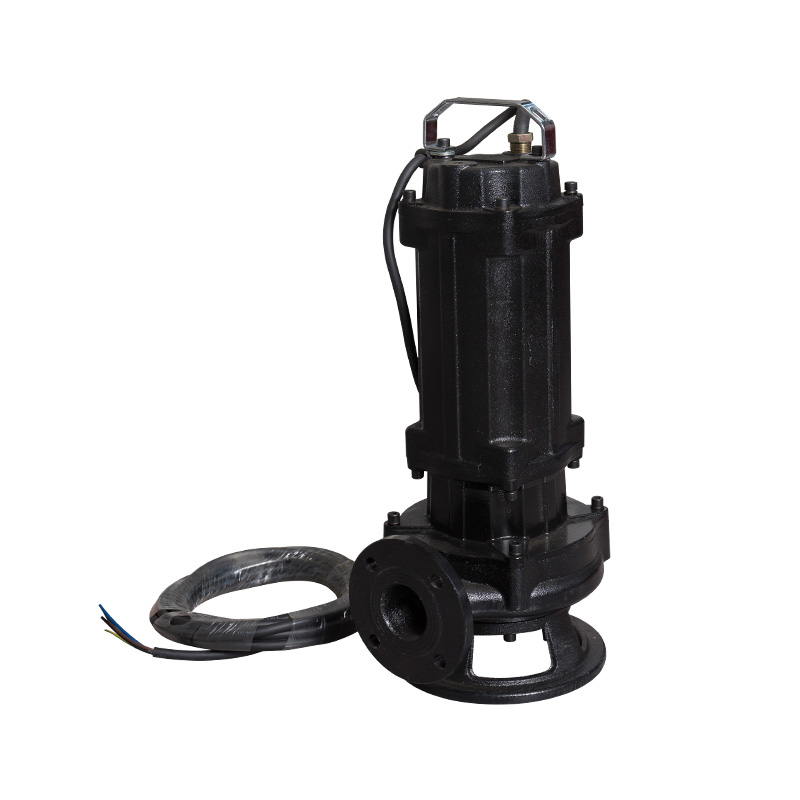
What are the key advantages of sewage pumps?
1. High passability
Can handle large particles of impurities to avoid equipment damage caused by foreign matter blockage.
2. Anti-entanglement design
The special impeller structure makes it difficult for long fibers such as hair to entangle, improving the continuous operation capacity of the pump.
3. Strong corrosion resistance
Using stainless steel or anti-corrosion coating materials, it is suitable for corrosive liquid environments such as acids and alkalis.
4. Automatic control function
Equipped with a liquid level switch or intelligent control system, it can realize unattended automatic start and stop operation.
5. Convenient installation and maintenance
Submersible pumps do not require installation of pipelines, and dry pumps can be maintained independently, saving labor costs.
What are the common application scenarios of sewage pumps?
| Application Areas | Practical Uses |
| Residential area | Septic tank drainage, basement sump pumping |
| Municipal drainage system | Rainwater pumping station, urban sewer relay pumping station |
| Industrial wastewater treatment | Chemical plants, food factories and other industrial wastewater transportation |
| Medical institutions | Hospital sewage lifting system |
| Agricultural irrigation and drainage | Drainage of irrigation return water or low-lying fields |
How to choose a suitable sewage pump?
1. Flow and head
Determine the appropriate specifications based on the drainage volume and the required transportation distance.
2. Flow capacity (through particle diameter)
If the solid content in the medium is high, it is recommended to choose a pump type with a cutting or vortex impeller.
3. Protection level and material
Consider whether it needs to be anti-corrosion, explosion-proof, and waterproof. Common materials include cast iron, stainless steel, and reinforced plastic.
4. Control method
Whether it is equipped with a liquid level float, remote control, PLC automation system, etc.
5. Installation form
Confirm whether the site conditions are suitable for dry or submersible structures.
FAQ
Q1: Are sewage pumps and sewage pumps the same?
A: The two are often used interchangeably. In theory, sewage pumps are a broader term, while sewage pumps refer specifically to the treatment of "sewage" liquids, but in actual use, most of the two products can be used interchangeably.
Q2: Can sewage pumps be used to pump feces?
A: Yes. However, models with strong flow capacity and anti-winding design should be selected to avoid clogging by debris.
Q3: Where is the best location for sewage pumps?
A: Try to be close to the sewage collection source to reduce the pressure loss during suction; submersible pumps should be installed at the bottom of the sump to prevent dry running.
Q4: Is the maintenance frequency high?
A: If the selection is appropriate and the impurities are not too large, maintenance is generally required once every six months to one year.
Summary: Sewage pumps, an indispensable power engine for modern cities
Sewage pumps play an important role in drainage and transportation, whether in family homes, commercial buildings, or in large municipal drainage systems and industrial production bases. With the advancement of urbanization and the improvement of environmental protection requirements, the performance and intelligence level of sewage pumps are also constantly improving.
Choosing an efficient, stable and easy-to-maintain sewage pump can not only improve the operating efficiency of the system, but also effectively avoid risks such as sewage overflow and system paralysis, and protect the urban ecological environment and public health.
Related Products
-
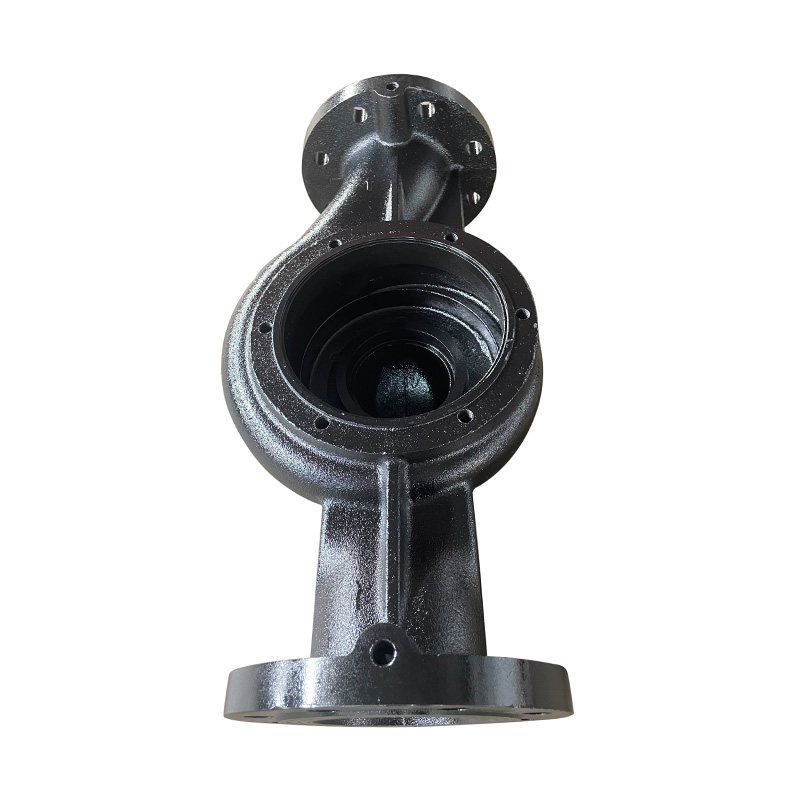
Vertical TD high-efficiency and energy-saving circulation pump body
Cat:TD High-efficiency And Energy-saving Circulating Pump Accessories
Vertical TD Energy Efficient Circulating Pump Pump Body is the shell o...
See Details -

TD high efficiency and energy saving circulating pump pump shaft
Cat:TD High-efficiency And Energy-saving Circulating Pump Accessories
The pump shaft is the component that connects the motor to the impelle...
See Details -
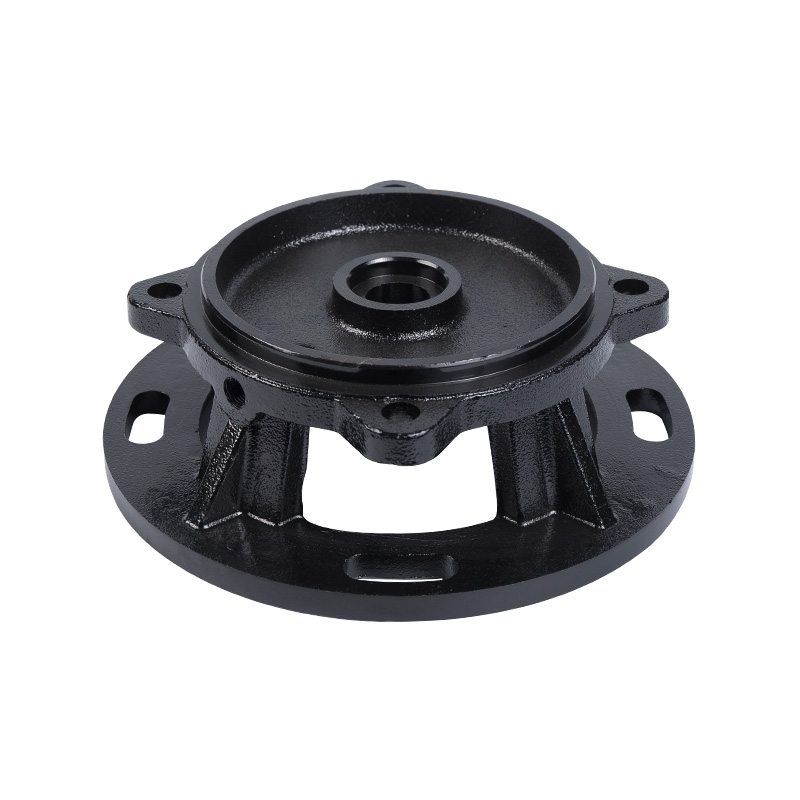
Pipe pump cover
Cat:Pipeline Pump Accessories
The pump cover is used to tighten and seal. The pump cover ensures tha...
See Details -

Cutting sewage pump
Cat:Sewage Pump
Cutting sewage pump is a kind of sewage pump, also called cutting pump...
See Details -
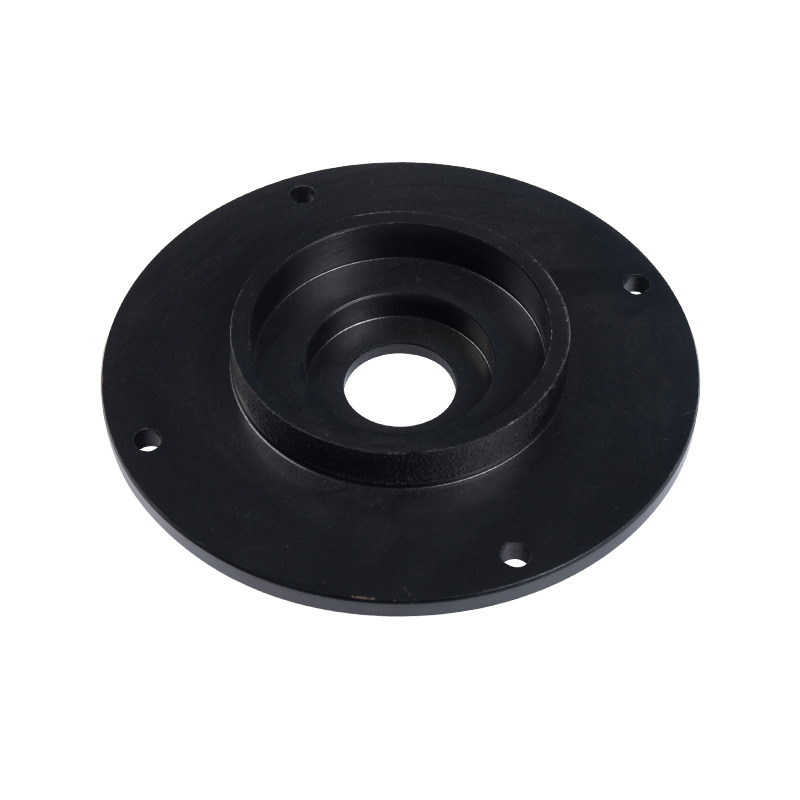
Sewage pump cover
Cat:Sewage Pump Accessories
Installed on the top of the sewage pump unit, it is used to enclose th...
See Details -
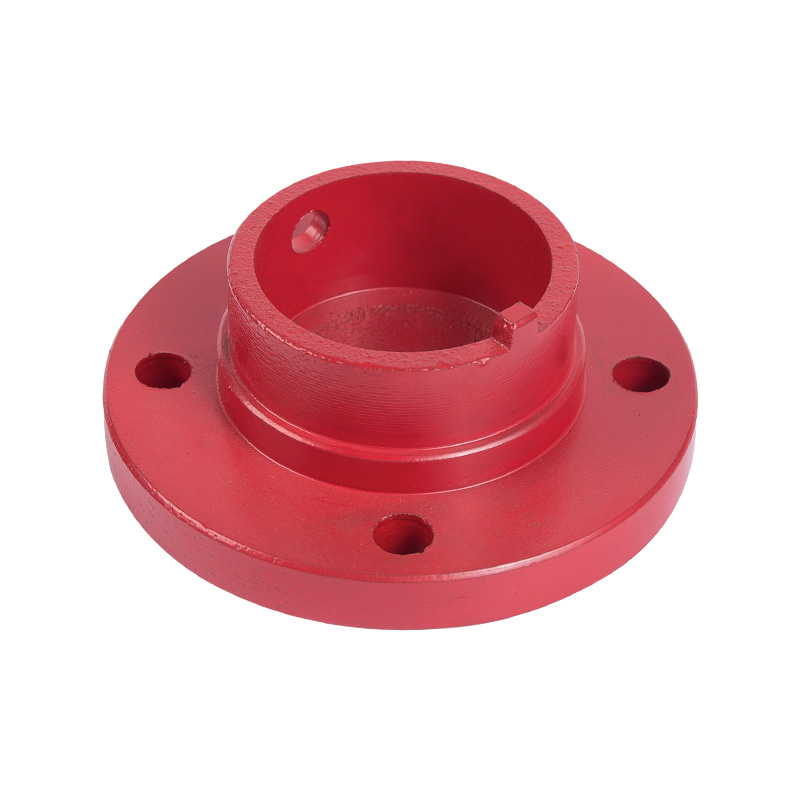
LG multi-stage pump water bearing gland
Cat:LG Multi-stage Pump Accessories
Water bearing gland is the gland for fixing the water bearing, which s...
See Details -
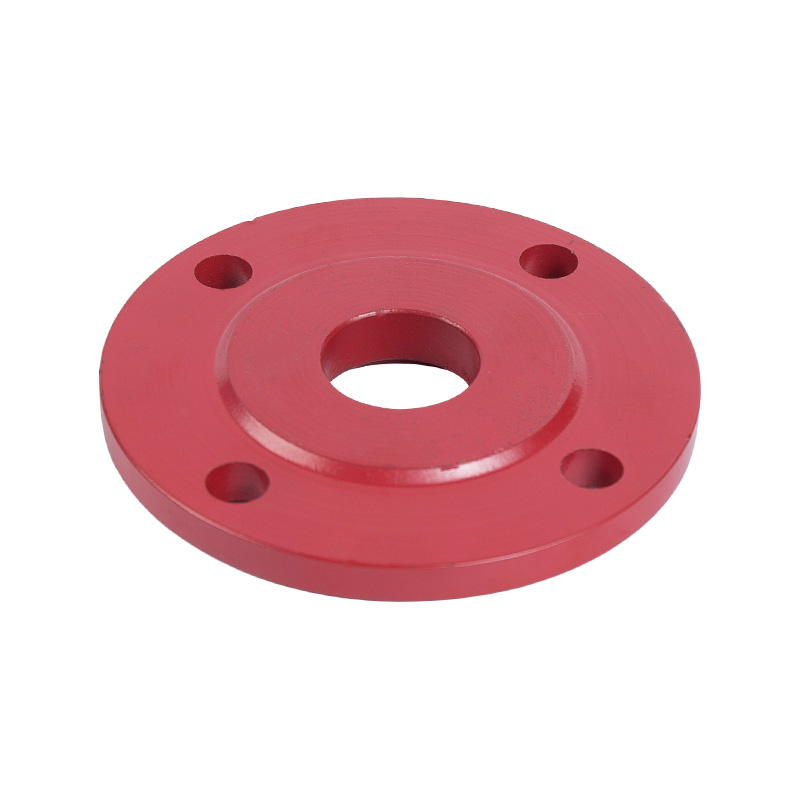
LG multi-stage pump seal gland
Cat:LG Multi-stage Pump Accessories
The machine seal gland is a component that encloses the machine seal u...
See Details -
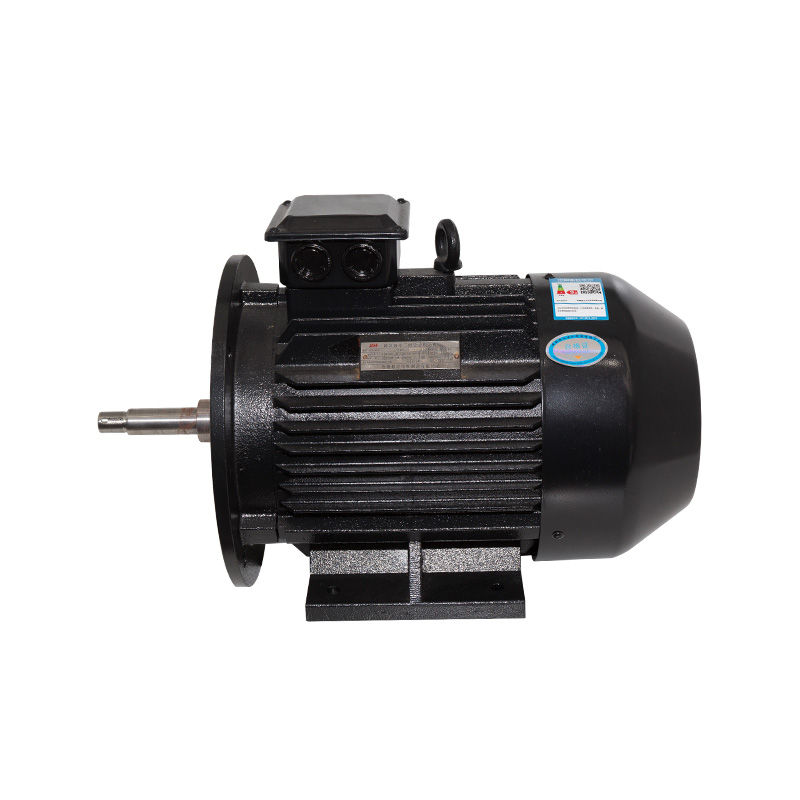
Horizontal motors
Cat:Ordinary Electric Motor
Also known as base mounting, the motor is connected to the mounting da...
See Details -
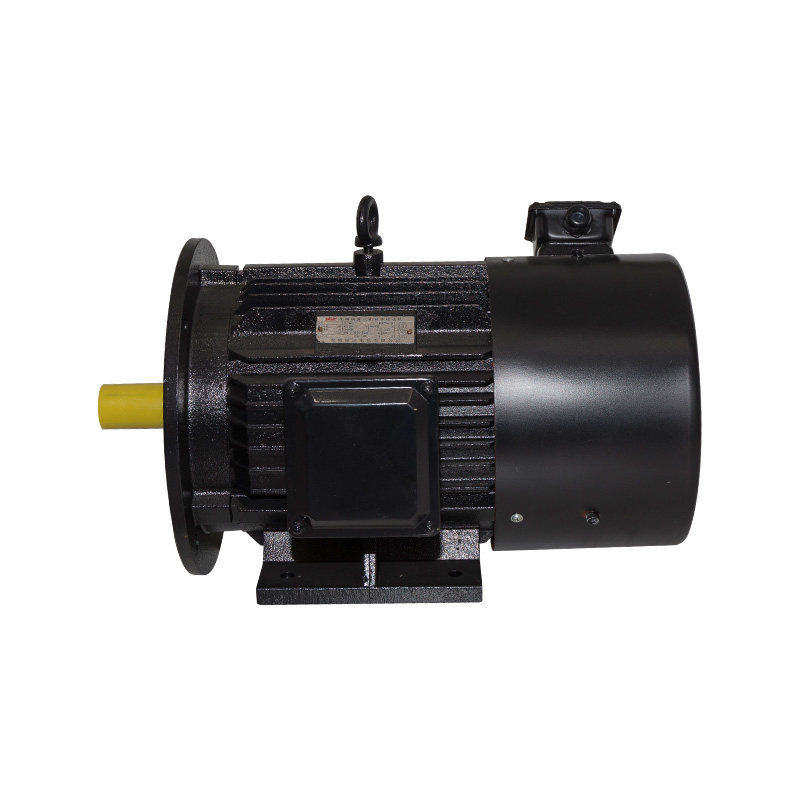
B3/B35 Horizontal inverter motor
Cat:Inverter Electric Motor
Also known as base mounting, the motor is connected to the mounting da...
See Details -
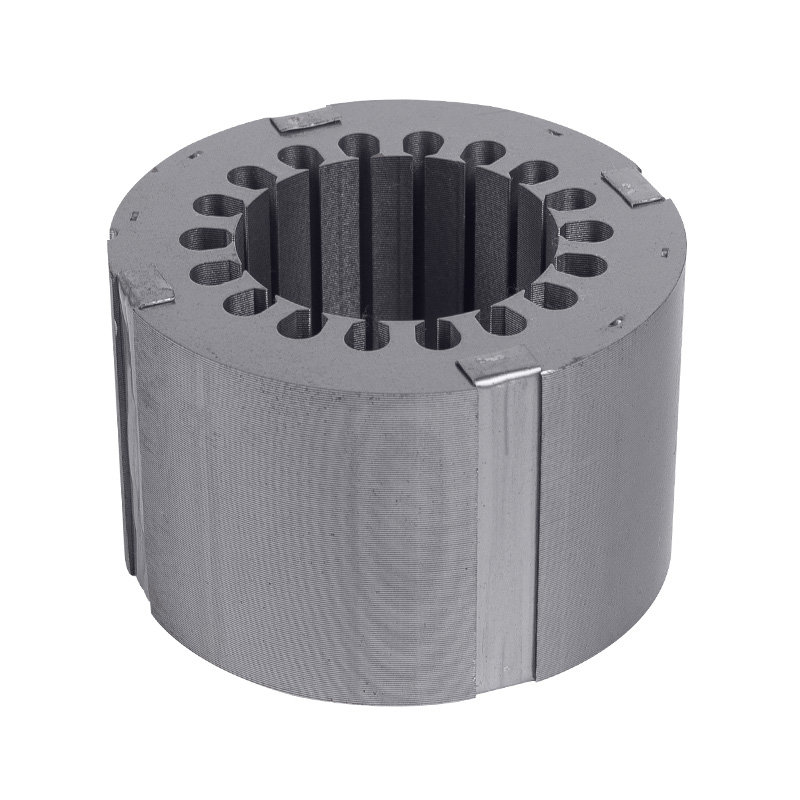
Motor core stator and rotor
Cat:Electric Motor Accessories
A common motor structure, the stator is fixed by the iron core structu...
See Details
- TD High-efficiency And Energy-saving Circulating Pump
- TD High-efficiency And Energy-saving Circulating Pump Accessories
- Pipeline Pump
- Pipeline Pump Accessories
- Sewage Pump
- Sewage Pump Accessories
- LG Multi-stage Pump
- LG Multi-stage Pump Accessories
- Cooling Tower Circulation Pump
- Electric Motor
- Electric Motor Accessories
-

+86-0563-2251312
-

+86-0563-2251311
-

+86-139 6620 0379
-

-

No.43 Guohua Road, Guangde Economic Development Zone, Xuancheng City, Anhui Province, China

